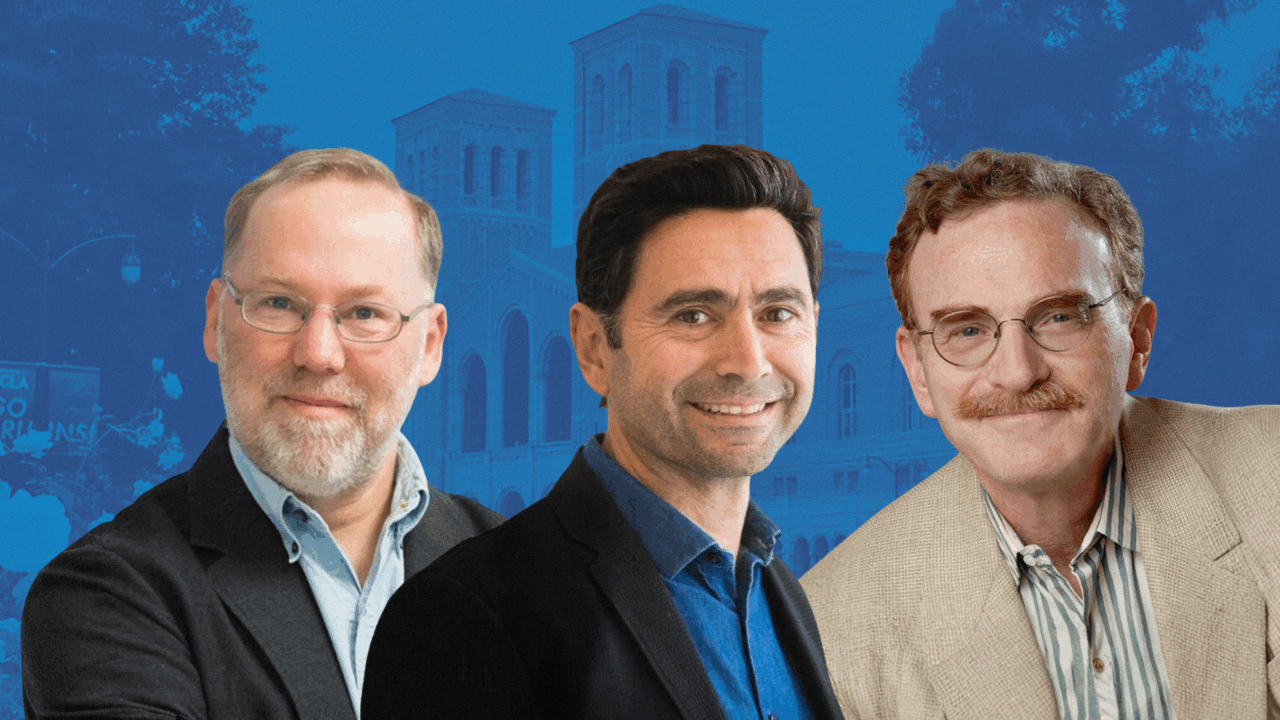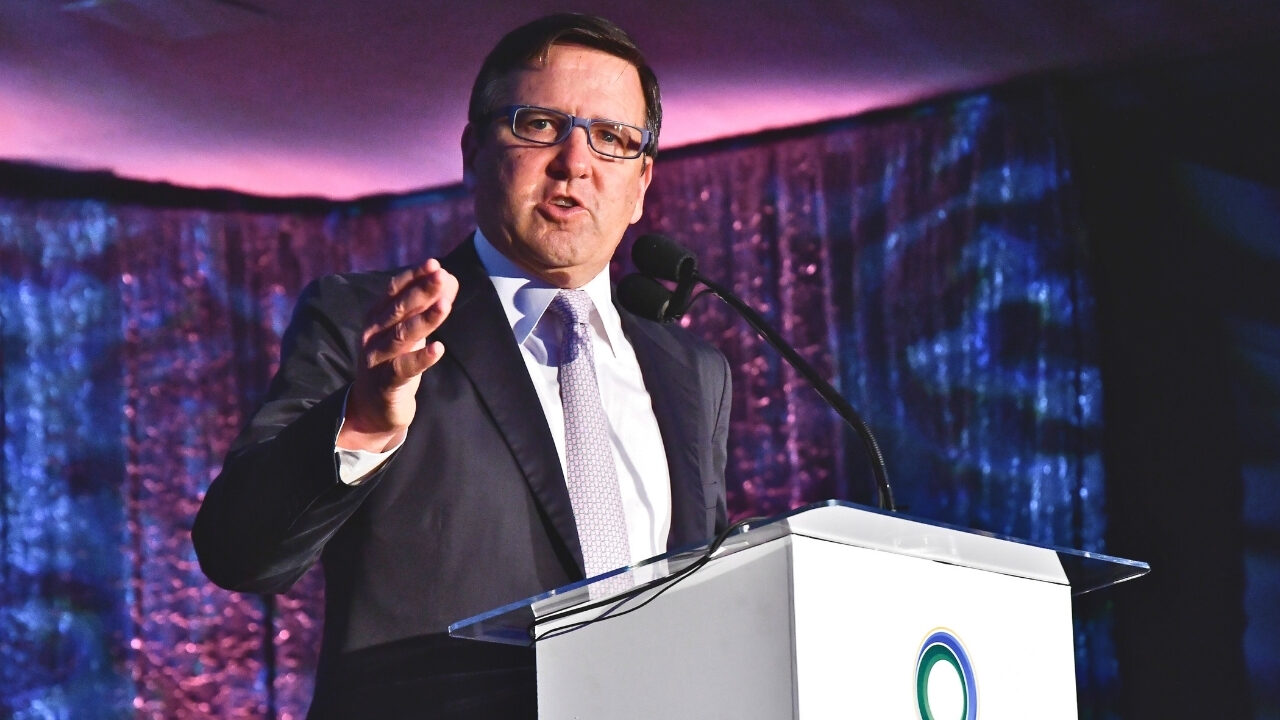
What cities can learn from Los Angeles’s effort to build a fairer energy system
A closer look at the decisions, data and trade-offs behind LA’s plan to reach 100% renewable energy by 2035 — without leaving vulnerable communities behind
A new article published in Nature Energy analyzes Los Angeles’s efforts to make its transition to 100% clean energy more equitable — and outlines five takeaways that could help guide similar efforts in other cities.
Led by Rachel Sheinberg, a PhD student at UCLA’s Institute of the Environment and Sustainability, the paper examines the outcomes of the LA100 Equity Strategies initiative — a two-year collaboration between UCLA, the Los Angeles Department of Water and Power and 14 local community-based organizations. The initiative set out to ensure that the city’s plan to reach 100% renewable electricity by 2035 would not reinforce long-standing social and economic inequalities.
The article identifies five core takeaways for cities pursuing a just energy transition.
- Data and equity: The importance of using detailed, place-based data to identify and address existing inequities.
- Community engagement: The need for sustained, community-driven involvement throughout policy development.
- Affordability reform: A call for structural changes to how affordability is addressed, beyond short-term financial assistance.
- Infrastructure access: The value of pairing incentives with infrastructure investments, especially in multifamily housing.
- Institutional accountability: The role of clear leadership and responsibility in turning equity strategies into action.
The authors — including UCLA faculty members Stephanie Pincetl and Gregory Pierce, along with Gregory Reed of the Los Angeles Department of Water and Power (LADWP) — frame these lessons as widely applicable to cities that are working to align climate goals with equity priorities.
Some of these recommendations have already informed policy shifts. LADWP has enacted a permanent moratorium on power shutoffs for low-income customers, expanded access to used EV rebates and funded energy retrofits in underserved neighborhoods.
As cities around the world confront the dual challenges of climate adaptation and social inequality, this study documents one of the most detailed efforts to date to integrate equity into utility-scale clean energy planning.




